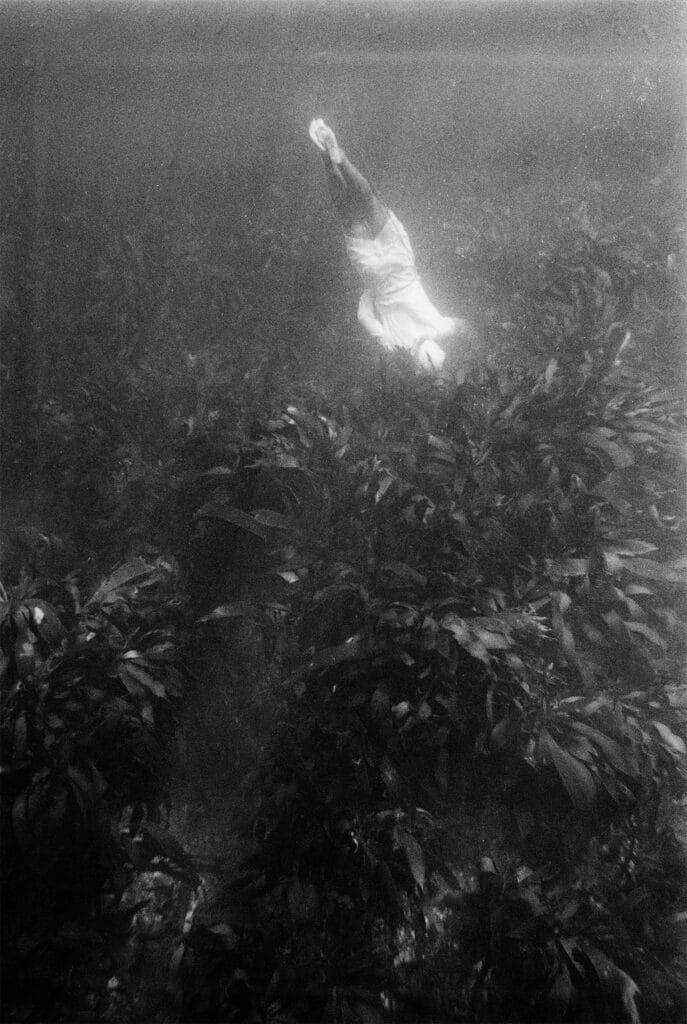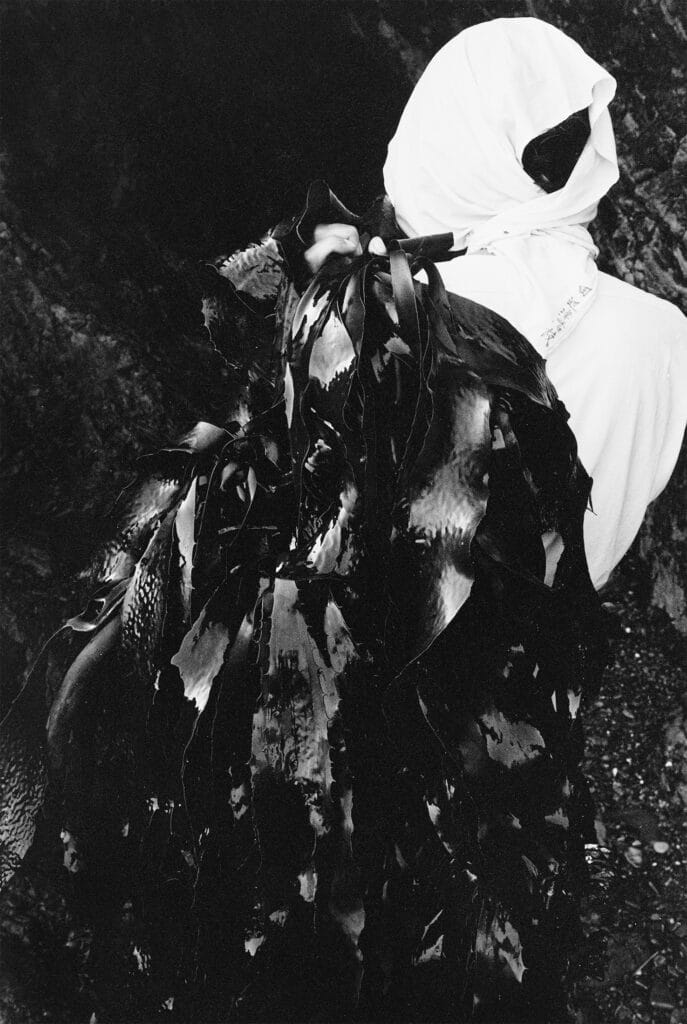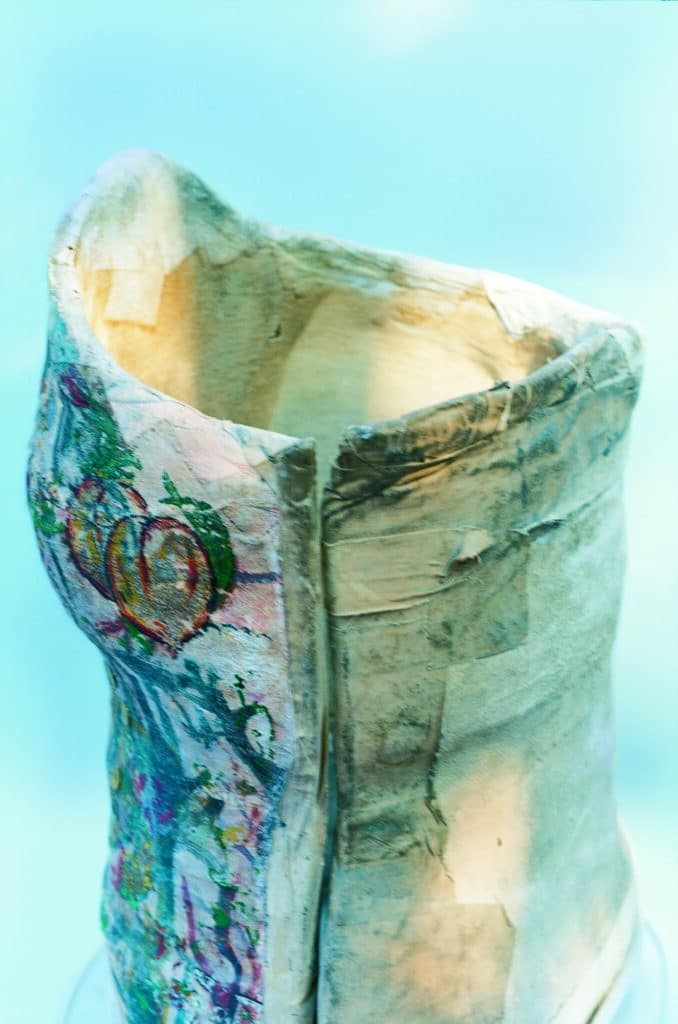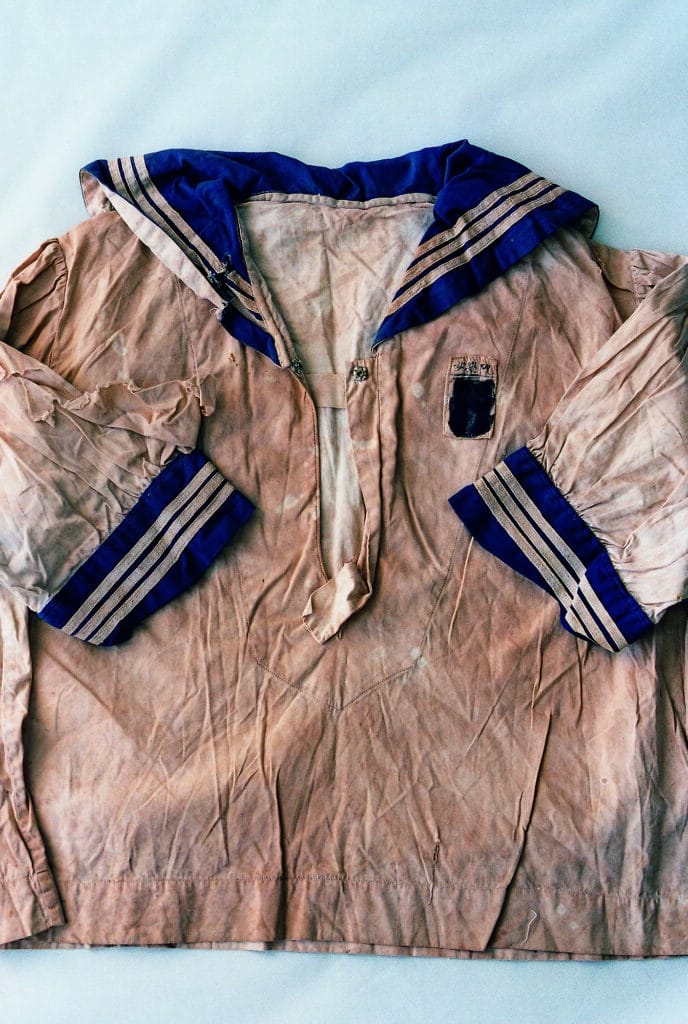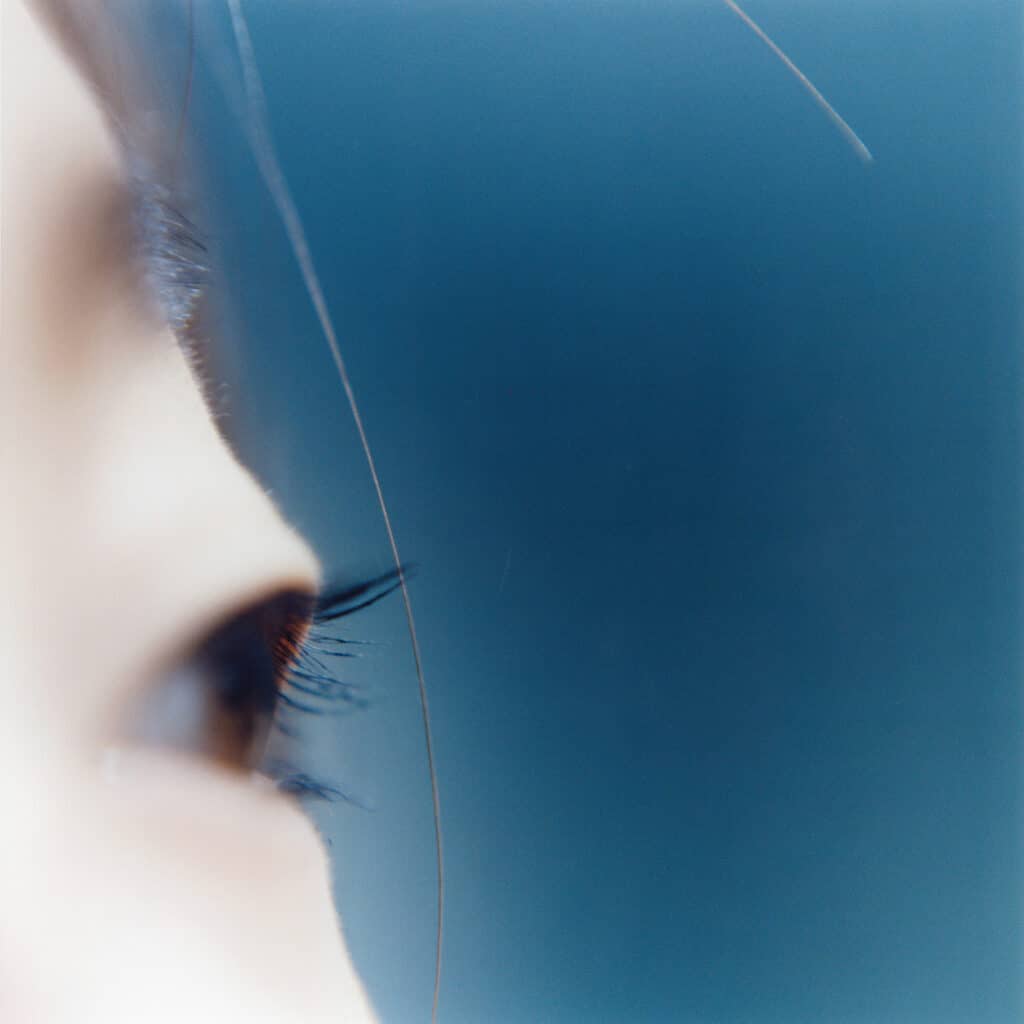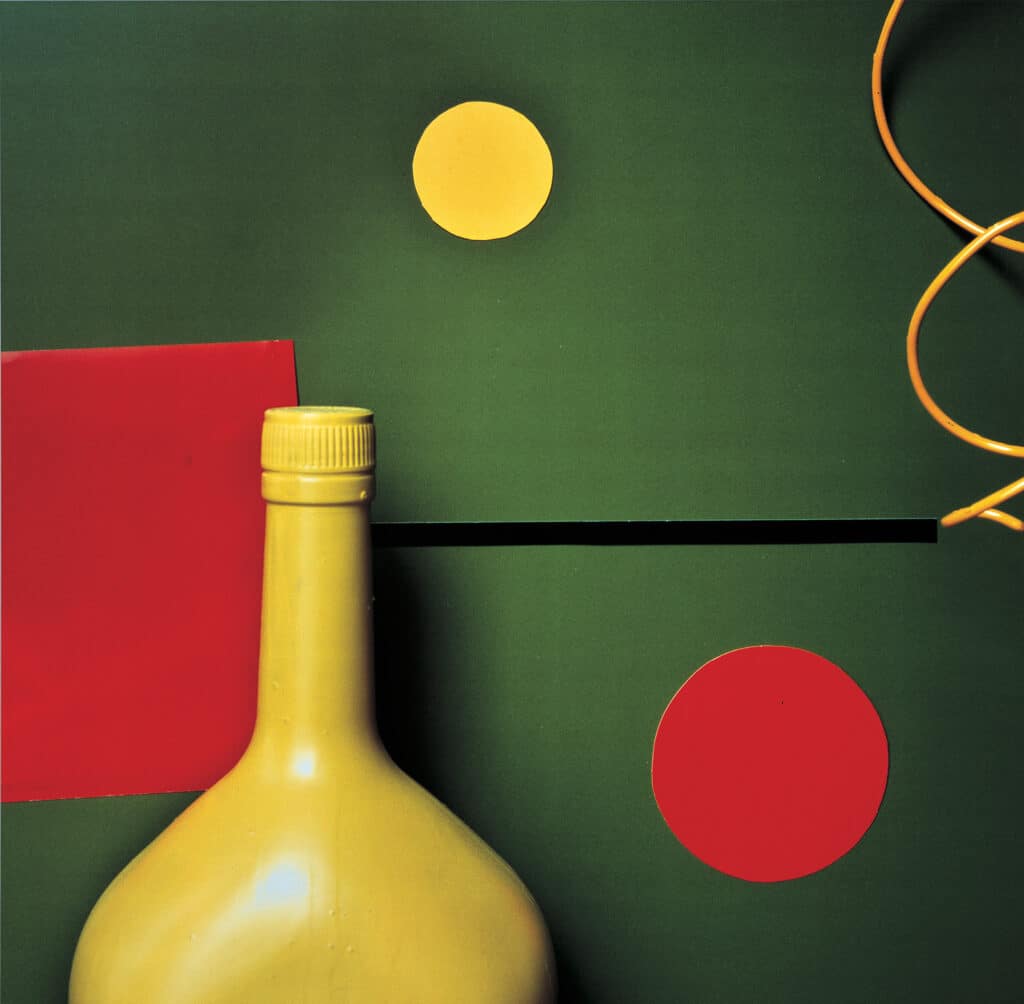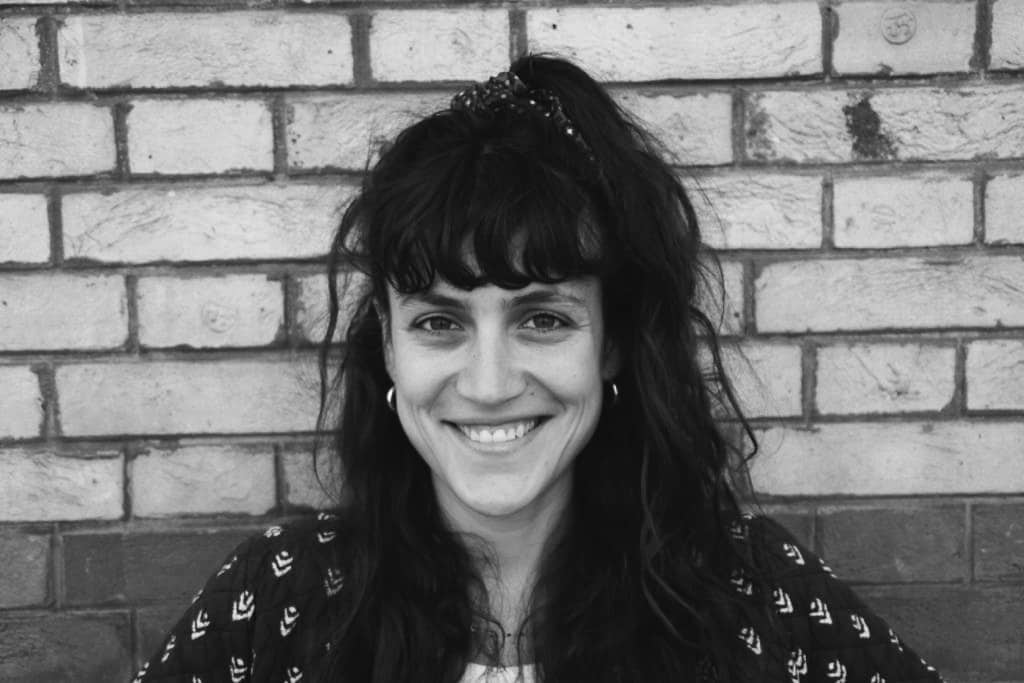A darkroom and an old photo album were all that photographer Suzuki Mayumi found in her father’s studio after the “triple disaster” of Fukushima struck Japan in 2011, claiming nearly 20,000 lives. These remnants are now featured in the Répliques exhibition at Arles (Espace Van Gogh). “The story of this artist who never found her parents had a profound impact on me,” shares Philippe Séclier, the exhibition’s curator. “The album’s portraits are ravaged by water and mud; the photos Mayumi took with the salvaged camera are blurry, the lens badly damaged. Yet, an incredible strength and resilience radiate from them.”
This year, Les Rencontres d’Arles is draped in Japanese colors: five exhibitions celebrate Japanese creativity, placing women at the forefront. The goal is twofold: to provide diverse perspectives on Japan and Japanese photography and to highlight the pivotal contributions of female artists to the history of this art form. In Belongings (Henri Comte room), for instance, Ishiuchi Miyako photographed her late mother’s belongings. “I had never thought about my mother’s body, and now I was discovering it in detail, thanks to photography,” she explains. “I captured the pathos of a shirt with no shoulders to hold, dentures with no mouth to fit, lipstick with no lips to adorn, shoes with no feet to fill.”
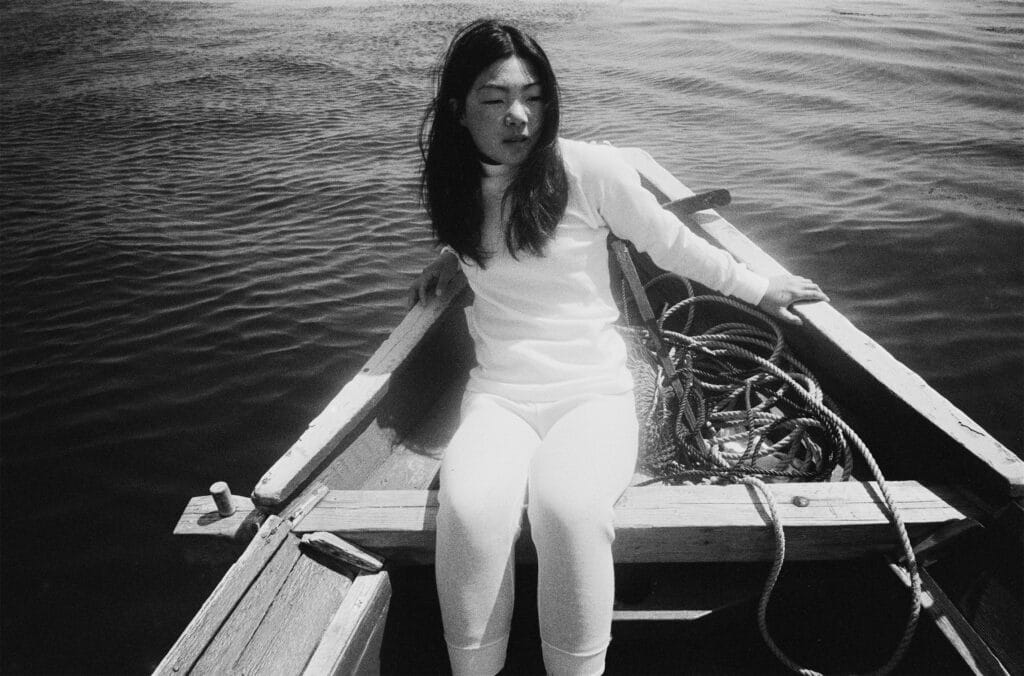
Born on the Pacific coast in 1922, self-taught photographer Uraguchi Kusukazu dedicated thirty years to documenting the lives of the ama, the “women of the sea,” who free-dive to harvest the prized abalone shellfish. “These fishing communities, which have existed since time immemorial, hold a significant place in the Japanese imagination,” explains Sonia Voss, curator of the exhibition. “They have often been photographed, but usually in an exoticized manner. By integrating himself with them and earning their trust, Uraguchi was able to capture more authentic images.”
The Ama exhibition (Abbaye de Montmajour) provides an insider’s view into various aspects of these women’s lives: diving, seaweed harvesting, participating in rituals, and moments of rest in the amagoya (“ama hut”), a communal space where young apprentices and seasoned veterans gather around a fire. “Uraguchi’s photographic language and his identity as an artist were shaped through his interaction with these free-spirited, strong women, vastly different from the stereotypical image of the Japanese female,” Voss adds.
Rendered in black and white with striking contrasts, these photographs anchor the artist’s work in the 1980s and are especially valuable today, as this traditional way of life is threatened by overfishing and climate change.
Communities united by a common fate, deeply intertwined with their environment: these images strongly resonate with Répliques. Philippe Séclier and Marina Amada have curated a selection of a dozen Japanese artists who, each in their own way, have dedicated themselves to documenting the long-term consequences of the Fukushima disaster. “We aimed for a complementary approach,” explains Séclier. “The personal stories of photographers directly affected by the tragedy, such as Suzuki Mayumi, are presented alongside the work of Ono Tadashi, for instance.” Tadashi approached the subject through an ecological lens, photographing a massive ten-meter-high seawall. “No one knows if it will withstand another tsunami, but it has already drastically altered the landscape and the locals’ relationship with the coastline,” Séclier notes.
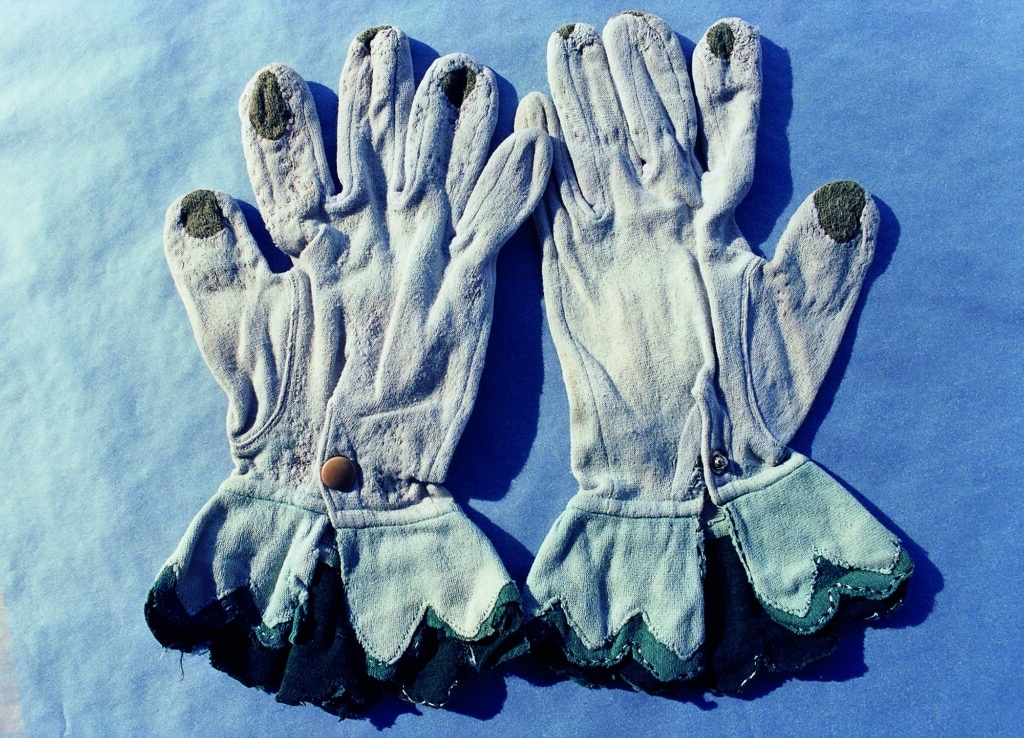
The exhibition also highlights the work of Sasaoka Keiko, who focuses on memorials that turn devastated areas into sites of memory, preserving the connection with the victims and the missing. Additionally, the exhibition addresses less visible consequences, such as the mass exodus of people fleeing the radioactive zone, only to face stigmatization in other regions. It also tackles the challenge of representing radioactivity: how do you make the invisible visible?
Transcendence (Vague) is another multi-faceted exhibition, showcasing exclusively female perspectives. “Six series by six women photographers have been selected, each with a very distinct style,” explains exhibition curator Lucille Reyboz. “These artists, each with a strong identity, use photography as a means of survival. Whether addressing societal issues or reflecting personal stories, the camera became a way for them to find their place.”
The cross-disciplinary nature of these exhibitions is evident in the overlapping presence of certain photographers’ work. Mayumi Suzuki’s pieces are also featured in Répliques, while images from the Bible series by Okabe Momo, another Transcendance artist, are included in Quelle joie de vous voir. “Okabe’s work is particularly unique,” notes Reyboz. “She presents a true contemporary epic, focusing on atypical yet deeply poetic life choices. Though her raw approach, with its strong, bold colors, can be disconcerting at times, it remains profoundly impactful.”
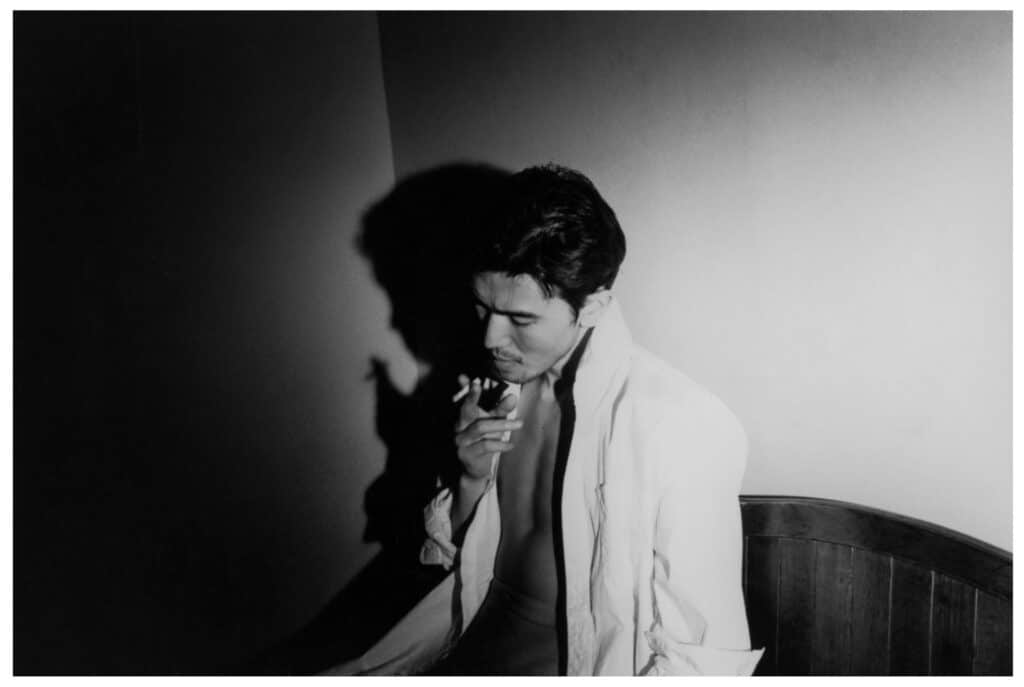
“Shedding light on a wide range of approaches based on the experiences and viewpoints of Japanese women regarding the world, history, and society” is the goal of the exhibition Quelle joie de vous voir: Photographes japonaises des années 1950 à nos jours [What a Joy to See You: Japanese Photographers from the 1950s to Today] (Palais de l’Archevêché). This exhibition brings together twenty-five artists from different generations, both well-known and emerging. This ambitious project highlights the liberating power of photography as a medium for storytelling, sharing, self-representation, and self-expression. By uniting this diverse body of work for the first time, the Arles program succeeds in its mission: to dismantle the stereotypes long associated with Japanese photography—often seen as a male-dominated field primarily in black and white—and to highlight a new visual language that contemporary female artists particularly cherish.
Les Rencontres d’Arles festival is on view until September 29, 2024 in Arles, France. More information on their website.

